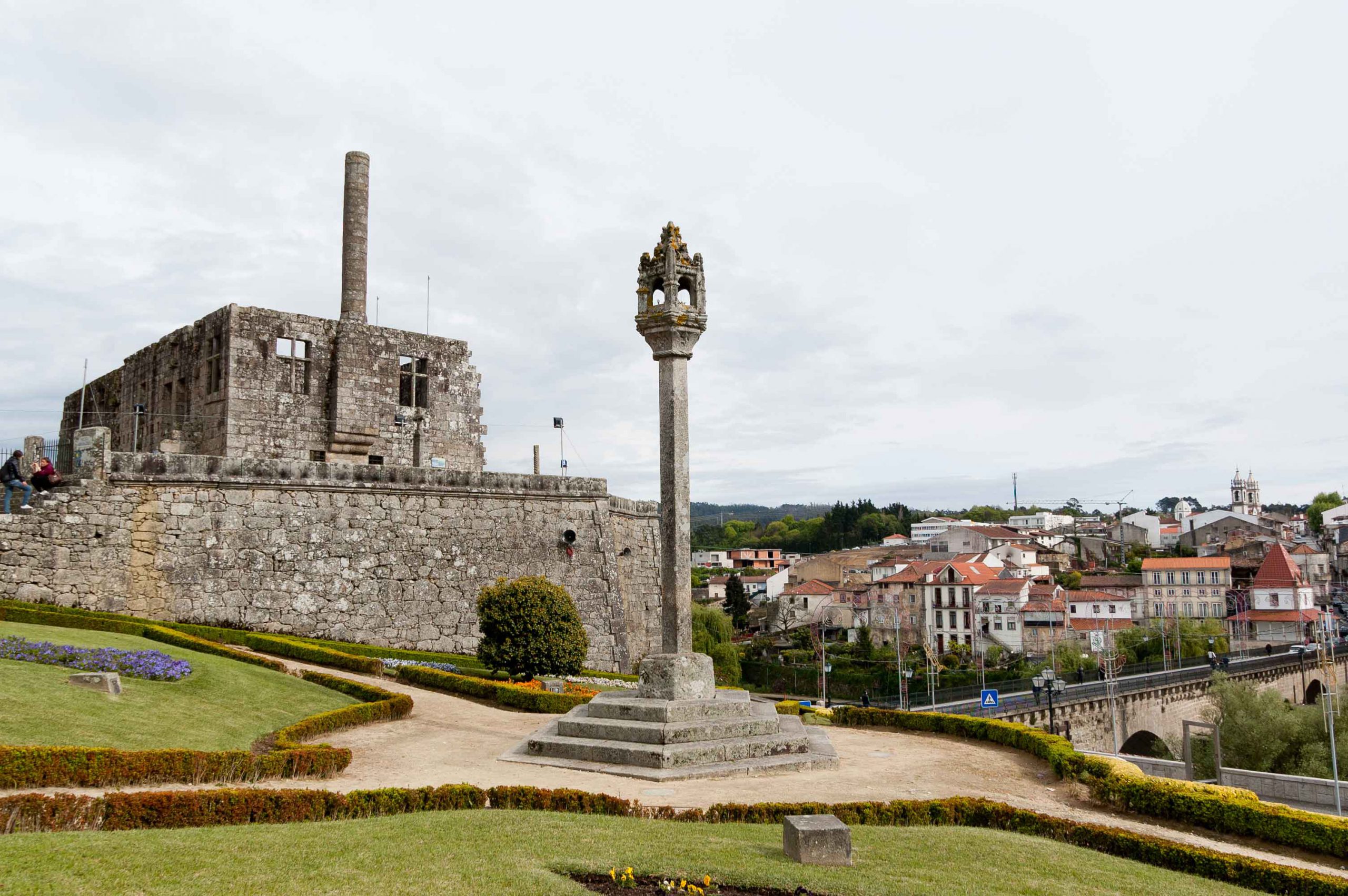Chronological span
The establishment in Portuguese territory of collectively organised communities to settle conflicts and ensure the maintenance of peace accompanied the southward advance of the “Christian reconquest” from the twelfth century1Farelo, 2008, p. 86..
The Portuguese territory currently has 308 concelhos (municipalities or cities)2https://www.pordata.pt/Municipios/Cidades-51 (consul. 4.12.2020)..
Normative documents (main)
With the organisation of the legislation from the fifteenth century onwards, the functions of the main municipal officials were integrated into the legislation:
- Ordenações Manuelinas(1521), with specific chapters on the mode of election and competences of various municipal officials3OM, bk. 1, title 44 (Juízes ordinários), title 45 (Eleição dos oficiais camarários); title 46 (Vereadores), title 47-48 (Impostos e despesas); title 49 (Almotacés); title 50 (Procurador do Concelho); title 51 (Tesoureiro do Concelho); title 52 (Escrivão da Câmara); title 53 (Escrivão da almotaçaria)..
- Ordenações Filipinas (c. 1604), with specific chapters on the mode of election and competences of various municipal officials4OF, bk. 1, title 65 (Juízes ordinários); title 66 (Vereadores), title 67 (Eleição dos oficiais camarários); title 68 (Almotacés); title 69 (Procurador do Concelho); title 70 (Tesoureiro do Concelho); title 71 (Escrivão da Câmara); title 72 (Escrivão da almotaçaria)..
Within the scope of their competences, medieval and modern town councils produced legislation in the form of acórdãos (judgements), regimentos (statutes or regulations), and posturas (ordinances)5Pardal, 2005, p. 139.. A small number of medieval posturas remain, which are included in council minutes—Porto, Funchal, Montemor-o-Novo, Loulé, and Alcochete—or in specific codices, as in the only two known and published cases, those of Lisbon and Évora6Feio, 2017, p. 8-9.. The situation is similar for the subsequent period, with few examples of published posturas for the sixteenth and seventeenth centuries7 O Livro de posturas da vila de Abrantes, 1986; Posturas camarárias dos Açores, 2007; Posturas da Câmara da Horta (1603-1886), 2010..
- Posturas of the Lisbon city council, dating from the fourteenth to sixteenth centuries8Ed. Rodrigues, 1969; Posturas do Concelho, 1974; Livro das Posturas, 1974; Neiva, 1987.;
- Posturas of the Évora city council, dating from the fourteenth to eighteenth centuries9Ed. Livro das Posturas Antigas de Évora, 2012..
Competences
General
The municipalities were responsible for meeting the needs of the communities under their jurisdiction in terms of food supply, public health, oversight of economic activities, and the safety of people and property12Farelo, 2008, p. 97-107..
On entails
Similar to what happened in other parts of Europe, in Portugal, the municipal institutions administered chantries, in exchange for the obligation to offer suffrages for the souls13Rosa, 2012, p. 474, 574. There are examples of this type of administration in Alenquer, Évora and Almeida, among others (Soares, 1941, p. 45; Serra, 2018, s.p. (nt. 47 of the chapter titled Percursos na administração concelhia eborense); Carvalho, 1973, p. 336..
Institutional organisation and the roles of its agents with regard to entails
Institutional organisation
The municipal institutions were defined as collegial institutions made up of judges, councillors (vereadores), procuradores, and a group of officials who ensured the institution’s daily functioning16Farelo, 2008, p. 35-85..
The roles of its agents
Provedor
The chantries under municipal administration were managed by officials called provedores, generally co-opted from within the respective ruling oligarchy17Farelo, 2008, p. 74-75; Serra, 2018, p. 214..
Relations with other institutions with regard to entails
The municipal institutions communicated with the royal officials or others linked to the supervision and execution of the administration of the chantries in their custody18 Farelo, 2008, p. 301-303..
